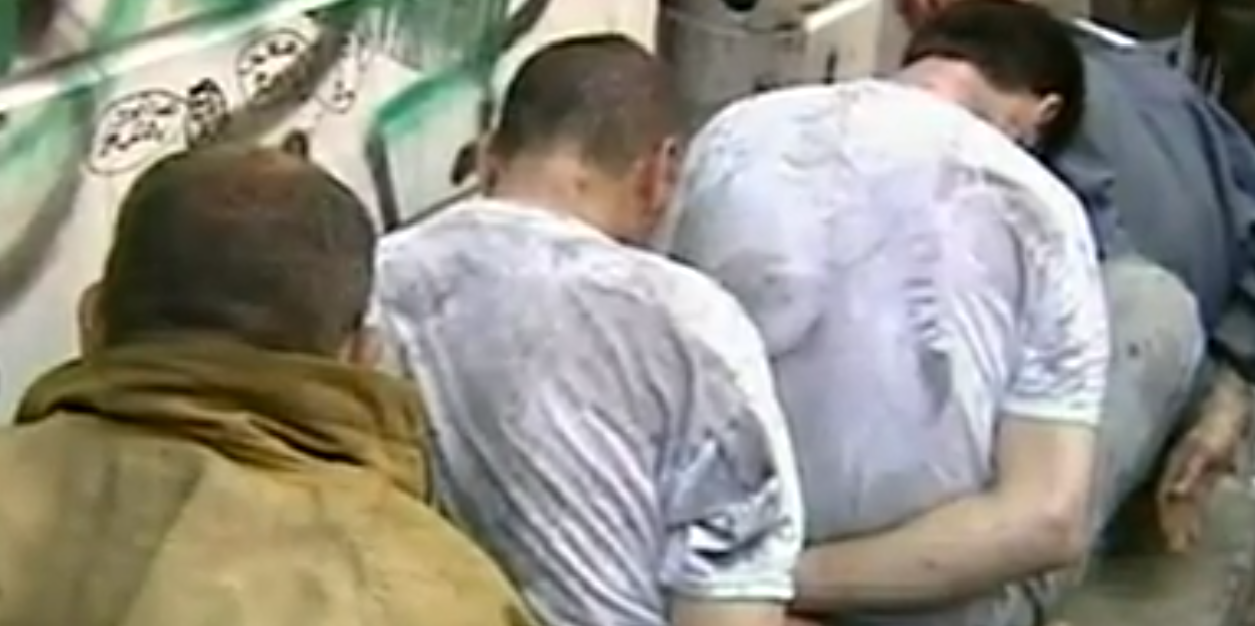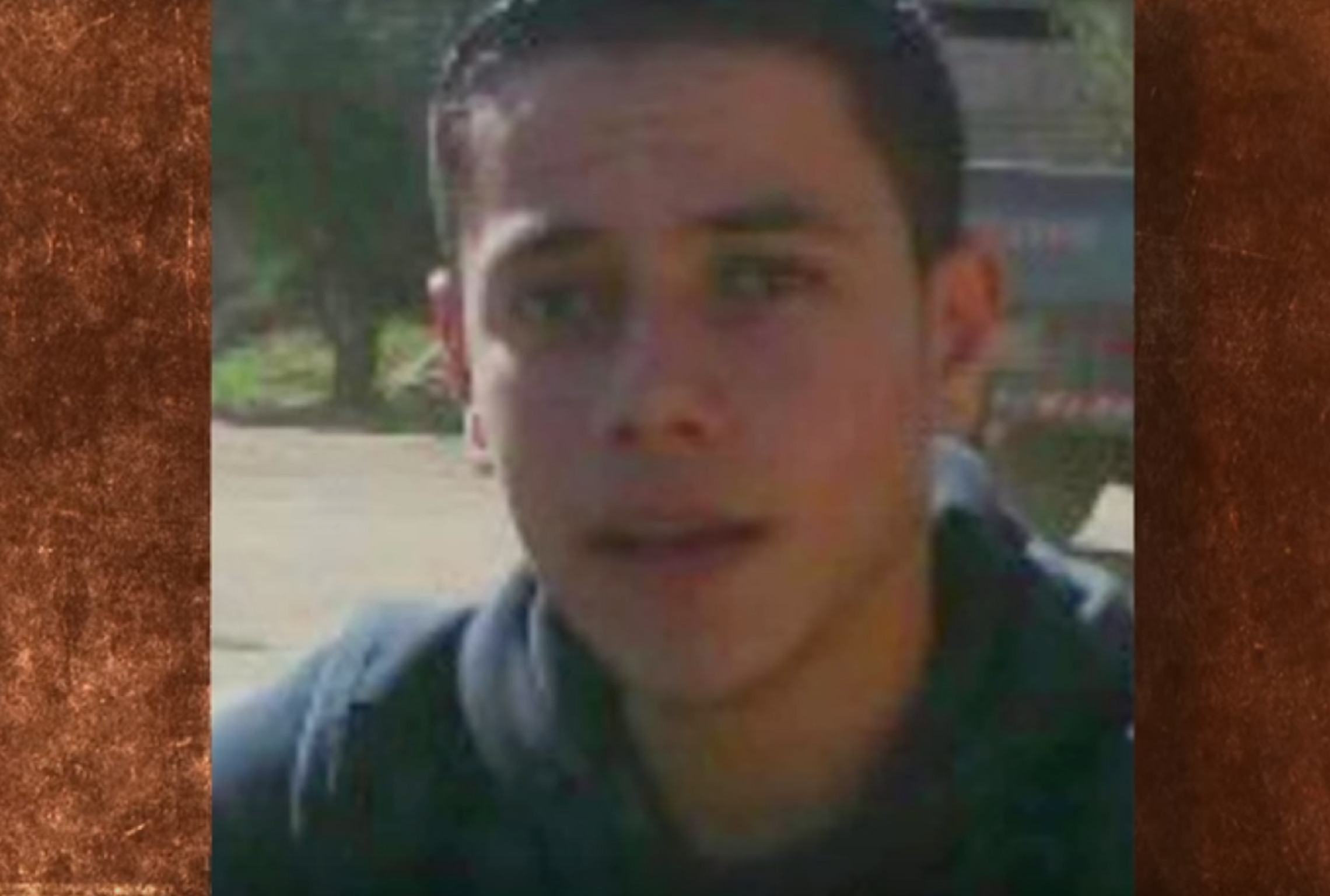Boy tortured to death over song found on his phone ridiculing Assad regime
Ahmad was killed for having an 'anti-Assad' song on his playlist

Your support helps us to tell the story
From reproductive rights to climate change to Big Tech, The Independent is on the ground when the story is developing. Whether it's investigating the financials of Elon Musk's pro-Trump PAC or producing our latest documentary, 'The A Word', which shines a light on the American women fighting for reproductive rights, we know how important it is to parse out the facts from the messaging.
At such a critical moment in US history, we need reporters on the ground. Your donation allows us to keep sending journalists to speak to both sides of the story.
The Independent is trusted by Americans across the entire political spectrum. And unlike many other quality news outlets, we choose not to lock Americans out of our reporting and analysis with paywalls. We believe quality journalism should be available to everyone, paid for by those who can afford it.
Your support makes all the difference.When Ahmad Al-Musalmani was pulled off a minibus between Lebanon and Syria, he was crying.
“I’m crying because my mother has died,” he explained to the military, who demanded to know why the 14-year-old boy was in tears, travelling cross-border in the Middle East. But his answer didn’t stop them from searching his belongings, along with the five or so other passengers on board the bus.
Soldiers from Air Force Intelligence searched wallets, pockets, and phones; it was the latter that seems likely to have led to Ahmad's death.
According to a fellow passenger who tracked down Ahmad's family after the arrest, soldiers at the al-Kiswa bridge checkpoint demanded that the boy hand over his phone. On it was, allegedly, an anti-Assad song, and it was this, that caused Al-Musalmani to be pulled into detention.
“You animal,” the soldiers shouted at Ahmad, swearing as they dragged him into an interrogation room. The minibus didn’t wait for him to re-board, and it drove off, leaving him with the guards at the checkpoint.
Two years later, a child’s corpse was found showing evidence of blunt force trauma to the head. It was Ahmad.

His case is one of those contained within a report that details the so-called Caeser photographs to a wider audience back in March 2015. A defector from Syria, codenamed Caeser, told Human Rights Watch that hundreds of photographs of those who died in detention were taken and documented. He admitted that he had personally photographed and archived thousands of photographs of the dead which have been used as evidence that Assad has ordered the deaths of thousands.
According to Human Rights Watch, 'Caesar' indicated that he “often wondered” about why he was taking pictures, but thought that “the regime documents everything so that it will forget nothing. Therefore, it documents these deaths…If one day the judges have to reopen cases, they’ll need them.”
And it is this remarkable series of documents that has helped prove what really happened to Ahmad - as well as confirming the deaths of more than 7,000 people in Syria.
Ahmad had been sent to live in Lebanon in 2011 by his family, who, panicked by the civil war, decided that the neighbouring country would be safer for their children to grow up after Shadi, his brother, had been shot and killed in 2011 during a protest in Daraa. When Ahmad's mother died of natural causes in 2012, the teenager travelled back to Syria to attend her funeral - a journey that was to be his last.
Ahmad's family tried to hunt him down. His uncle, Dahi Al-Musalmani, had served as a judge in Syria for 20 years and tried to find him. Five months later, and still with no news on what had happened to the boy, his uncle paid somebody with strong government links to help him.
According to Dahi, he was told the following: “'Ahmad is alive',” the man told me. 'He is detained in the Air Force Intelligence branch in Zablatani.' I told him, 'I want Ahmad to be released.' He answered, 'You wanted to know his whereabouts, now you know. If you want more you will have to pay two million Syrian pounds'.
"I responded, 'I do not have this kind of money, I would have to be a thief or very rich'.”
After raising money by selling land, he was told that his nephew would be released 10days later, but he never arrived.
Dahi explained how he looked for Ahmad for the next three months - 950 days in total. However, after feeling threatened, Dahi moved to Jordan with his sons, but he continued his hunt from there, putting requests out in the media to try to secure his return.
When the Caesar photographs were released, Dahi told Human Rights Watch that he went straight to the Air Force Folder. Five photographs of Ahmad appeared in a folder dated from August 2012, the month of his arrest - physicians from Physicians for Human Rights decided that they depicted a boy in his teenage years, with several ‘marks of blunt force trauma.’
Dahi Al-Musalmani, described his shock to Human Rights Watch. “There I found him. [he breaks down while talking] It was a shock. Oh, it was the shock of my life to see him here. I looked for him, 950 days I looked for him. I counted each day. When his mother was dying, she told me: ‘I leave him under your protection.’ What protection could I give?”
Join our commenting forum
Join thought-provoking conversations, follow other Independent readers and see their replies
Comments